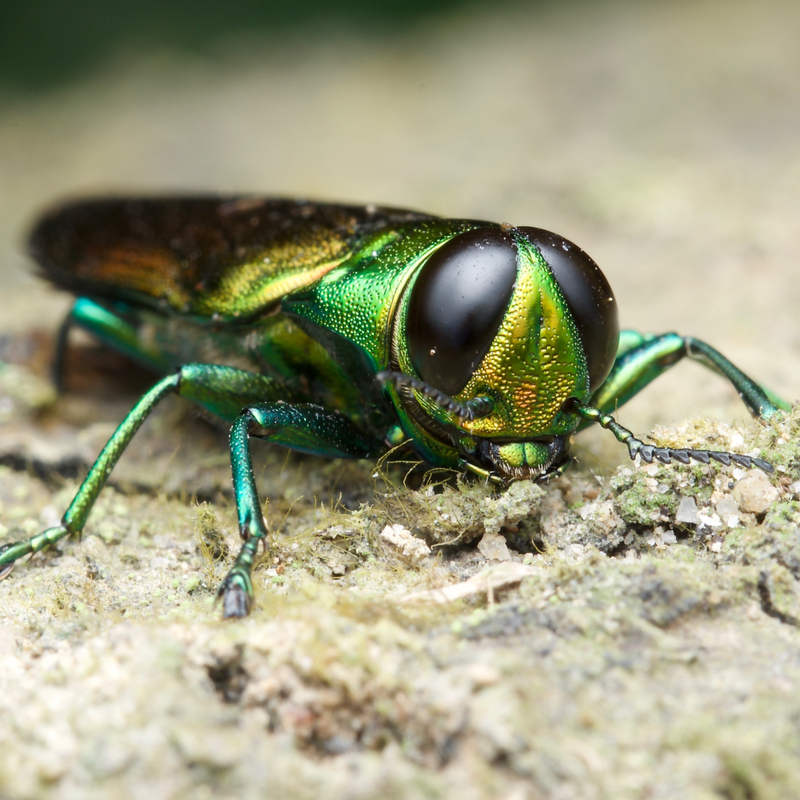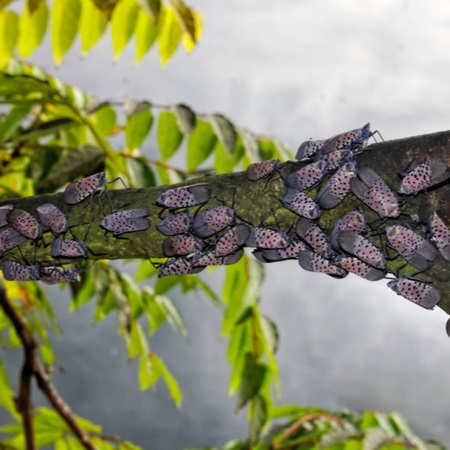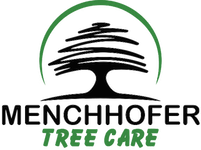The Dangers of
Insects & Disease
According to the Morton Arboretum, insects and disease represent the greatest challenges to maintaining the health of trees across the community. Unfortunately, invasive species are often at the heart of the most severe problems.
In Indianapolis and the surrounding area, the Emerald Ash Borer is particularly harmful. This beetle from northeastern Asia attacks ash trees, and once infected these trees have a very high mortality rate. Prompt treatment is necessary if there is any chance to save the tree. This invasive species of beetle has no natural predators in North America, and is expected to continue to spread unchecked across the country.
In Indianapolis and the surrounding area, the Emerald Ash Borer is particularly harmful. This beetle from northeastern Asia attacks ash trees, and once infected these trees have a very high mortality rate. Prompt treatment is necessary if there is any chance to save the tree. This invasive species of beetle has no natural predators in North America, and is expected to continue to spread unchecked across the country.
The Spotted Lanternfly, another invasive species native to Asia, is a recent introduction to the United States. It was first detected in Pennsylvania in 2014, and has since spread to several states through the heart of America. The Spotted Lanternfly feeds on fruit trees and logging trees and is a threat that we at Menchhofer are monitoring closely.
Timing can be an important consideration for when to treat your trees against pests and disease, depending on what you’re guarding against. For example, webworms have been very common throughout the Indianapolis, IN area over the last few years. It’s best to treat against bugs such as these in May or early June, but you should also treat immediately if you begin noticing signs of infection or disease.
If you contact us soon enough, we may be able to save your trees and protect them from further damage.
Timing can be an important consideration for when to treat your trees against pests and disease, depending on what you’re guarding against. For example, webworms have been very common throughout the Indianapolis, IN area over the last few years. It’s best to treat against bugs such as these in May or early June, but you should also treat immediately if you begin noticing signs of infection or disease.
If you contact us soon enough, we may be able to save your trees and protect them from further damage.


Long-Lasting
spraying techniques
Unlike other tree care companies, Menchhofer Tree Care does not use inefficient spraying techniques for insect and disease control in Indianapolis. Instead, we use a technology known as microinjection to protect your trees from pests. This process applies the chemicals directly into the tree’s vascular system. This ensures that only the insects who attempt to feed on the tree will be affected, and prevents the chemicals from spreading environmentally to other plants and the water supply.
Best of all, unlike other treatment options, our Tree-Age treatment solution can help to protect your trees for up to two years in a single application in many situations.
Best of all, unlike other treatment options, our Tree-Age treatment solution can help to protect your trees for up to two years in a single application in many situations.
Techniques against
Emerald Ash Borer
The professional arborists at Menchhofer Tree Care are trained to recognize trees that have been affected by the Emerald Ash Borer in Indianapolis, IN. We are also aware of techniques and applications that can be used to protect your trees from this pest as well as how to treat them if they have been infested.
bright metallic green beetle
Recognizing the Emerald Ash Borer
A fully grown Emerald Ash Borer will appear to be a bright metallic green beetle. They are approximately one third of an inch long, with a rounded abdomen and a flat back. Adults are most active during the summer months from mid-May through late July. The larvae are quite long, growing up to an inch and are a creamy white color with flat, segmented bodies. The larvae will be found under the bark of the ash tree from mid-summer to spring.
How to tell if an Ash tree is infected by the Emerald Ash Borer
According to Purdue University, there are a number of signs that may indicate that Emerald Ash Borers have infested one of your trees or a tree in your neighborhood:
- Woodpeckers – if you notice a lot of woodpeckers in your neighborhood ash trees during the winter months, there is a possibility those trees may be infested.
- Dieback – an infested tree will experience leaf dieback over the upper third of the tree that will slowly progress downward.
- Bark splits or holes – if you begin noticing vertical splits in the ash tree’s bark, or or small, D-shaped holes, your ash tree may be infected. These holes are the results of newly grown adults emerging from underneath the tree’s bark, where the larvae live and feed.
Menchhofer Tree Care’s Emerald Ash Borer Treatment in Indianapolis, IN
At Menchhofer Tree Care, we are proud to offer micro-injection treatments that will protect against Emerald Ash Borer infestations for up to two years. This treatment is injected into the vascular system of the tree, preventing adults and larvae from feeding. Those insects that do feed on the tree will be killed by the pesticide. It is our hope that treatments such as this will completely eradicate the Emerald Ash Borer from the city.



